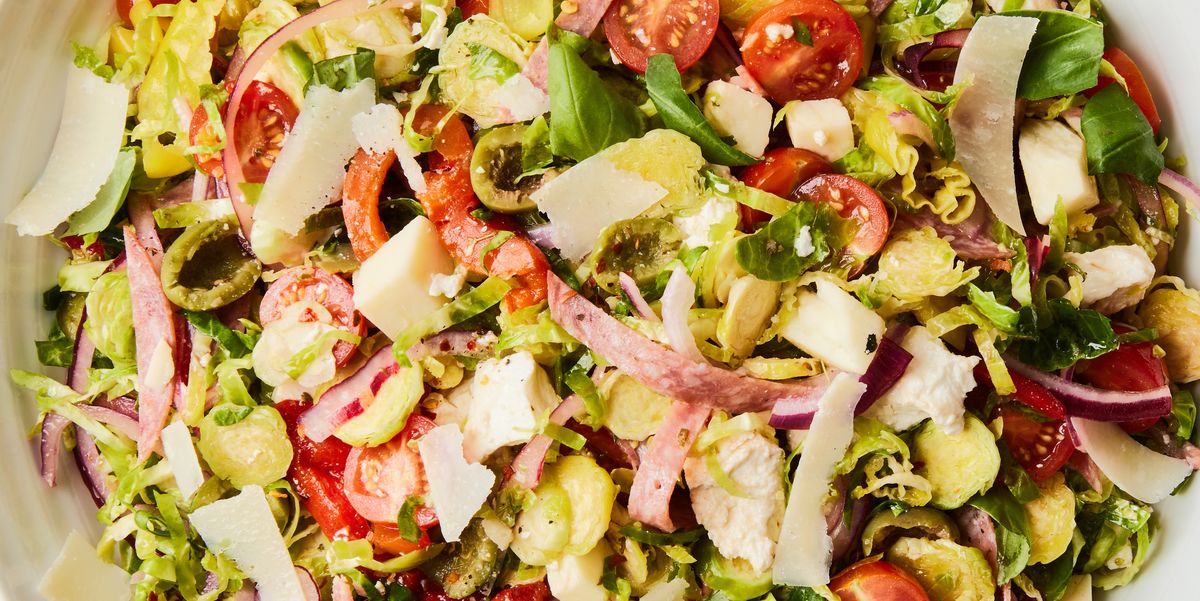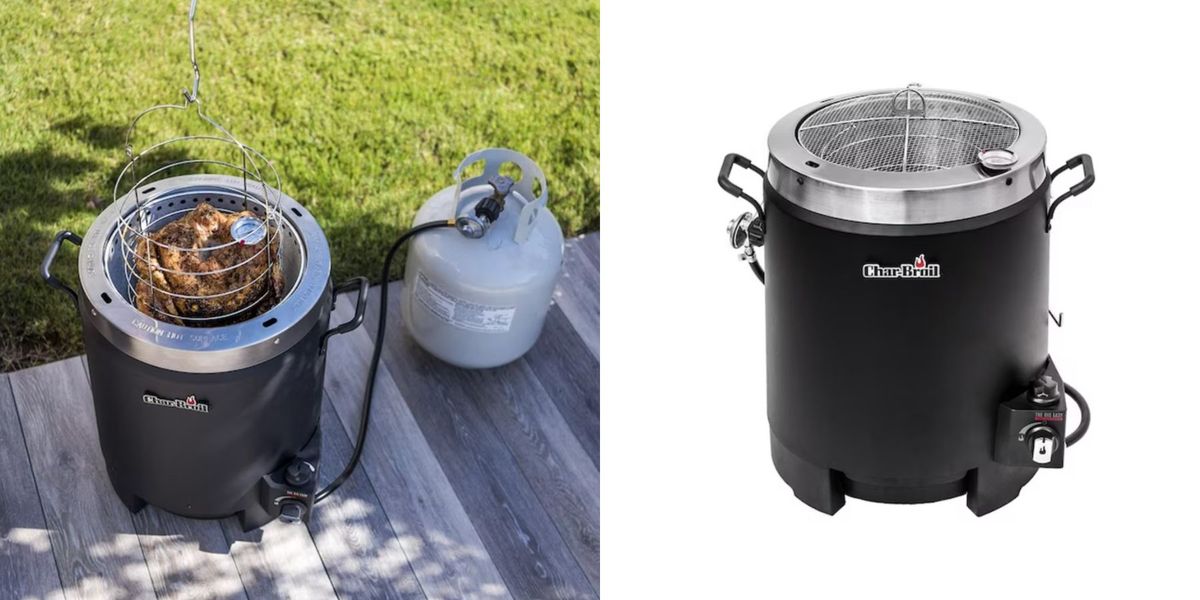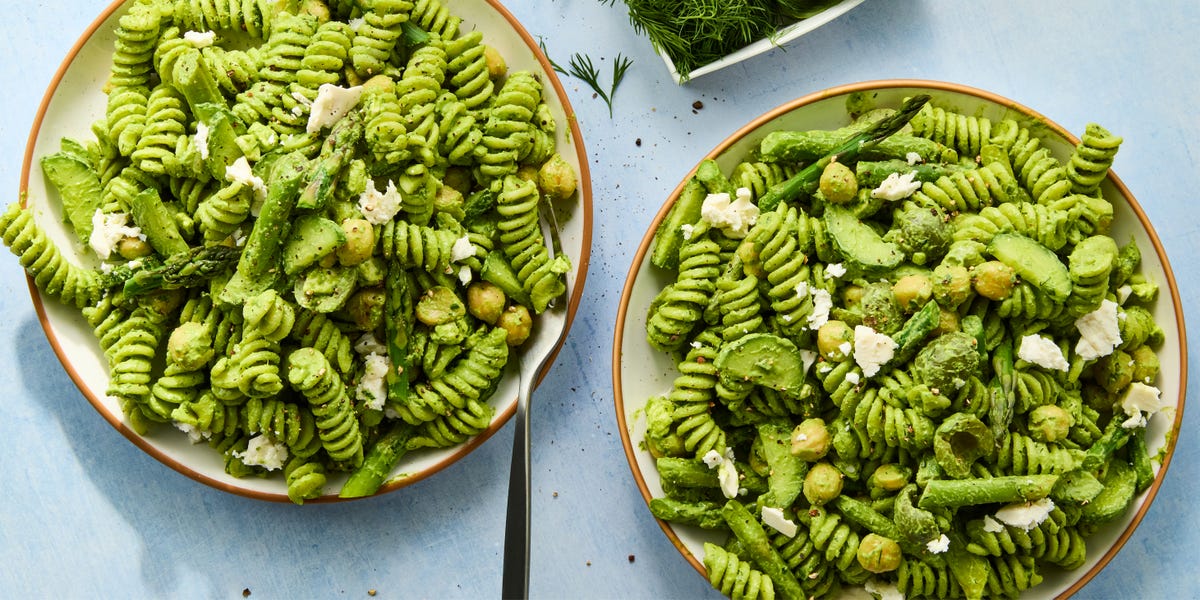Outdoor versus indoor fryers: The Good Housekeeping Institute says outdoor turkey fryers offer “natural ventilation,” usually come in a wider range of sizes, and require less splatter cleanup than in your kitchen. They add that indoor units are “more convenient” and “generally safer” since they don’t need a propane tank and can simply be plugged into an outlet.
Propane vs. electric vs. oilless fryers: Choosing the right model for you often depends on your space and comfort level. “If you can fry outdoors and aren’t intimidated by lots of hot oil, then I recommend using a gas-powered fryer,” says Seixas. “For those who can’t fry outside and are worried about safety, an electric turkey fryer [without a propane tank] is great.”
- Propane turkey fryers: Like an outdoor gas grill, this type of fryer is gas-powered. The Good Housekeeping Institute says they are “usually heavy-duty with a hose” that connects to a propane tank (sold separately) “so you can ignite the propane burner.” The propane burner then heats the pot filled with oil. These types of fryers should only be used outdoors in open settings—not in garages or on porches or balconies—to avoid risk of severe injury or property damage.
- Electric turkey fryers: Like a deep fryer, many of these turkey fryers can be used indoors, as long as they are not gas-powered. The Good Housekeeping Institute says these “tend to be safest,” since they usually have a built-in thermostat and auto shut-off features to keep oil from overheating.
- Oilless turkey fryers: These are connected to a propane tank, and while they don’t require oil, the Good Housekeeping Institute says they can take “a bit longer to cook.” They function similar to an air fryer in that they circulate hot air to cook and crisp a turkey. You’ll need to brush the turkey with oil to help brown the bird’s skin, but experts say this is the healthiest cooking method of all three since it requires the least amount of oil. Plus, cleanup afterwards is much easier. Make sure to only use an oilless turkey fryer outdoors to prevent safety hazards.
Accessories: Look for features with a focus on safety and convenience.
- Lid: The Good Housekeeping Institute recommends a vented lid that’ll keep steam from getting trapped while cooking the turkey.
- Poultry rack and lifting hook: These tools will help you move the turkey in and out of the oil-filled pot and help avoid splattering.
- Oil thermometer: An oil thermometer will allow you to keep track of oil temperature, as “most oils can catch fire over 400˚F,” the Good Housekeeping Institute says.
- Built-in timer: This will help you keep tabs on the turkey’s cook time.
- Auto-shut-off: Often found in indoor models, this function automatically shuts off the turkey fryer when oil starts to overheat or catch fire, says Papantoniou.
- Oil drain: An oil drain allows you to empty the pot’s tank without tipping it over, which “can be dangerous and very messy,” warns the Good Housekeeping Institute.
Capacity: To properly fry your turkey, you’ll need to completely submerge it in oil, says the Good Housekeeping Institute. So, if you’re buying a 20-pound turkey or larger, you’ll likely need to fry it outdoors, since indoor turkey fryers can typically only hold birds up to 15 pounds. In this case, Seixas says to go with an outdoor turkey fryer with at least a 32-quart capacity. “Bigger than that, even better,” he says.
Power: BTU stands for British thermal unit and is the amount of heat needed to increase one pound of water by 1°F. The Good Housekeeping Institute says the higher the BTU, “the more powerful the fryer.” This results in a faster heating time for the oil and cooking time for the turkey. The experts add that higher BTUs typically mean “better control of the oil temperature,” too.















Leave a Reply